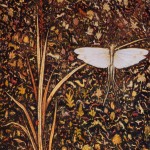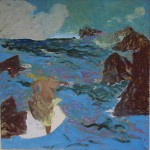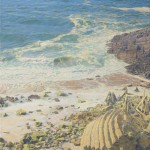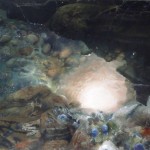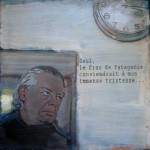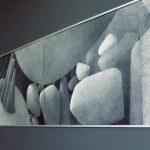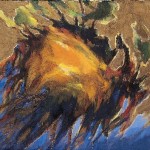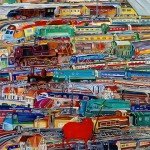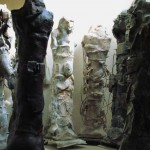
Brigitte warned you: finding her workshop is not easy. The district is modern, dating from the 70’s. You have to leave the street and walk up a staircase to a terrace; if you see a dojo above the hardware shop Bricorama you are on track: the fact that warlike sculptures made of terra cotta, steel rods, bolts and cables, are…
